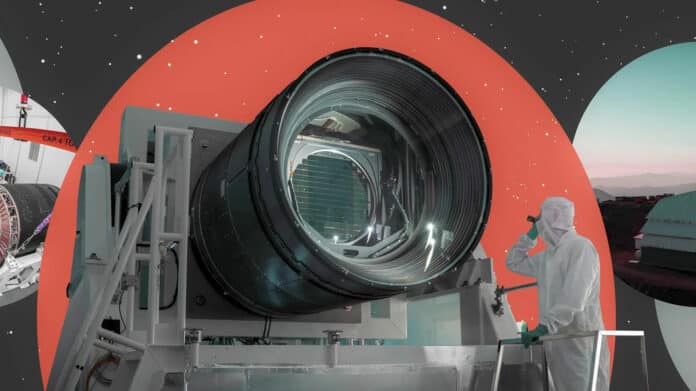Scientists and engineers at the Department of Energy’s SLAC National Accelerator Laboratory and their collaborators have announced the completion of the Legacy Survey of Space and Time (LSST) Camera.
The 3,200-megapixel camera will now be installed on a telescope in Chile to help researchers observe our universe in unprecedented detail. Over the next decade, this camera will generate an enormous amount of data that researchers will use to gain new insights into the universe, including dark energy, dark matter, and the Milky Way galaxy. The data will also help us better understand the changing night sky and our own solar system.
The Legacy Survey of Space and Time (LSST) camera module has been in the works for over two decades. Finally, in 2015, the U.S. Department of Energy (DoE) approved its construction. Since then, technicians at the DoE’s SLAC National Accelerator Laboratory have been hard at work piecing together the module’s massive sensor array, which is made up of 189 individual 16-megapixel sensors.
The first composite test photos were snapped in September 2020, and now SLAC engineers and partners have completed the assembly of all of the components, including the frame, lens, and sensor.
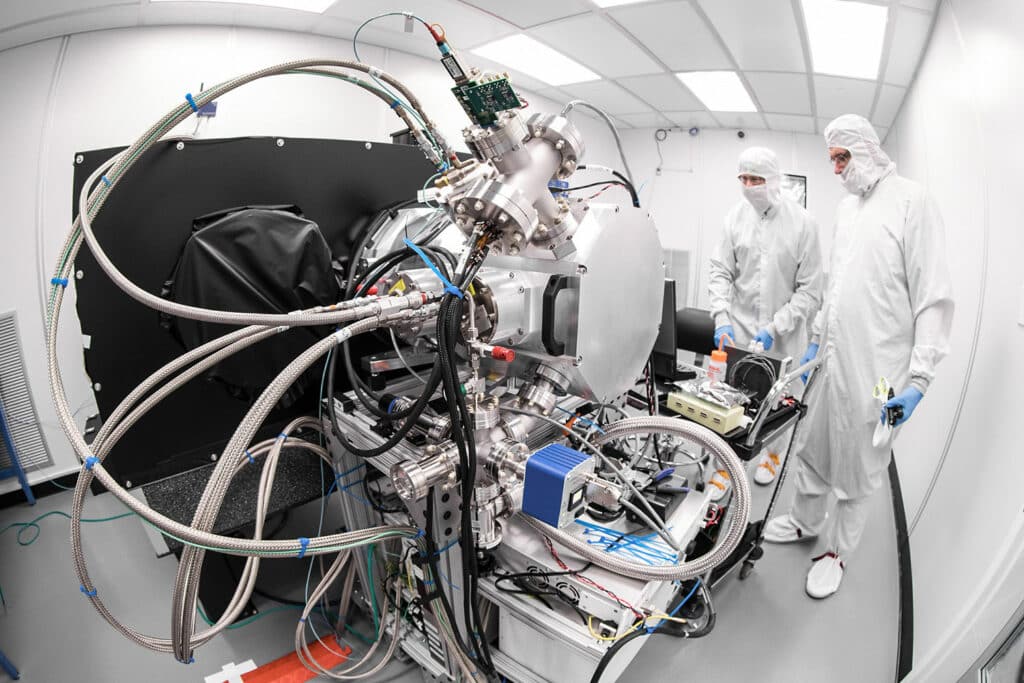
The custom-designed CCD sensors in the 3.2-gigapixel array now number 201, and each pixel measures about 10 microns wide. The focal plane has been sealed in a vacuum chamber by a 3-ft-wide lens, while the front lens is more than 5 ft (1.5 m) in diameter. All three lenses in the camera setup were manufactured by the Lawrence Livermore National Laboratory.
The prime-focus imaging system has been designed to capture the universe in “unprecedented detail” by taking a 15-second exposure every 20 seconds. The optical system, which includes three aspheric mirrors and large quick-change filters, will be optimized to capture light at wavelengths ranging from ultraviolet to near-infrared (0.3-1 µm).
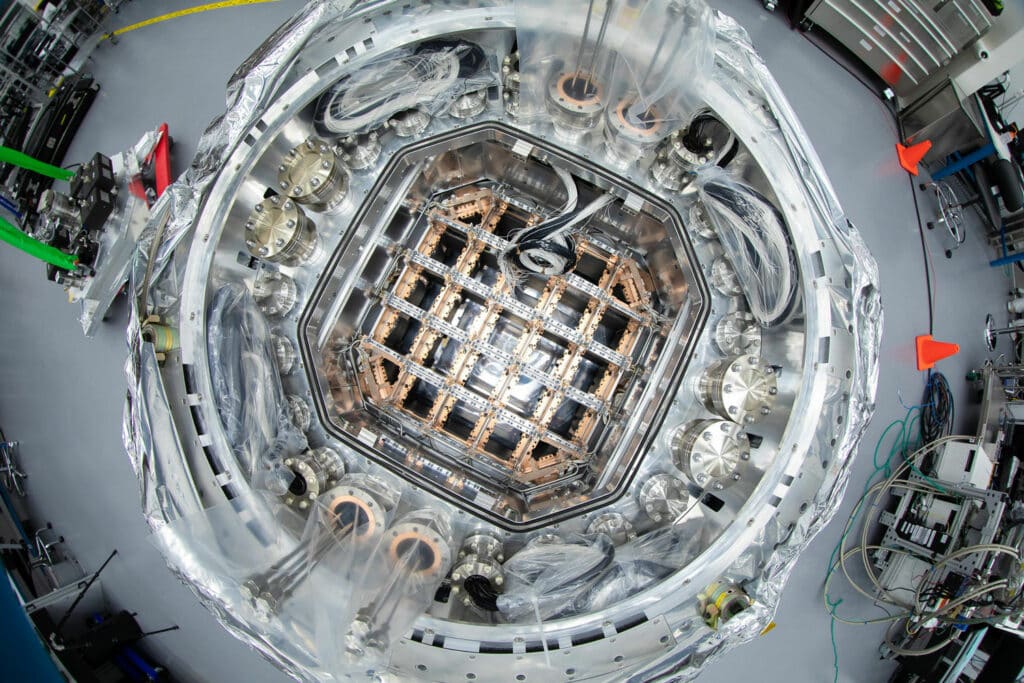
“Its images are so detailed that it could resolve a golf ball from around 15 miles away while covering a swath of the sky seven times wider than the full moon. These images with billions of stars and galaxies will help unlock the secrets of the universe,” said SLAC professor and Rubin Observatory Deputy Director and Camera Program Lead Aaron Roodman.
The entire system weighs around 6,600 lb (3,000 kg) and is about the size of a small car. The system will be transported to the Vera C. Rubin Observatory in Chile to be mounted on top of the Simonyi Survey Telescope later this year to help astronomers in their quest to solve cosmic mysteries.
The camera’s main function is to map the positions and brightness of various objects in the night sky. This catalog will provide researchers with a plethora of information, including the detection of weak gravitational lensing – where massive galaxies slightly bend the paths of light from background galaxies. This phenomenon reveals the mass distribution in the universe and how it has changed over time, which can help cosmologists understand the role of dark energy in driving the universe’s expansion.
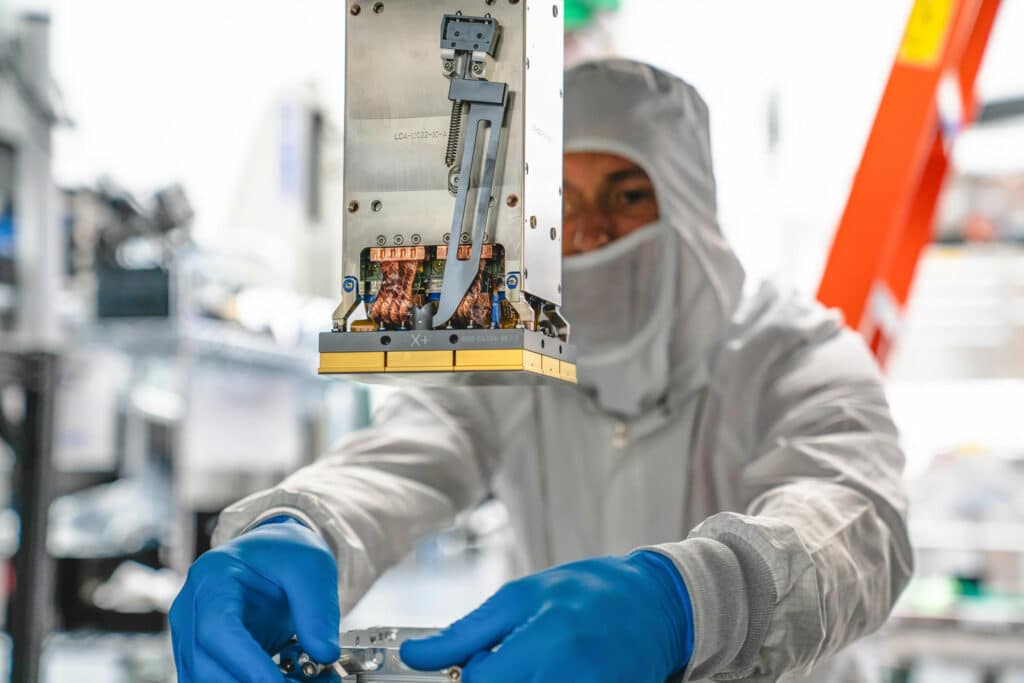
The observatory is the first of its kind, specifically designed for studying weak lensing on such a large scale. The team behind the project had to develop several new technologies, including advanced CCD sensors and some of the largest lenses ever made, and ensure that all these components worked seamlessly together. Martin Nordby, a senior staff engineer at SLAC and the LSST camera project manager, explained how this was achieved.
In addition to studying weak lensing, scientists are also interested in analyzing patterns in the distribution of galaxies and their evolution over time, identifying clusters of dark matter, and spotting supernovae. These findings can help deepen our understanding of dark matter and dark energy. It’s exciting to see such cutting-edge technology being used to unlock the mysteries of the universe.
The LSST camera’s sensitivity is expected to provide a much more detailed map of the Milky Way. This could potentially give us new insights into the structure and evolution of our galaxy, as well as the nature of stars and other objects within it.
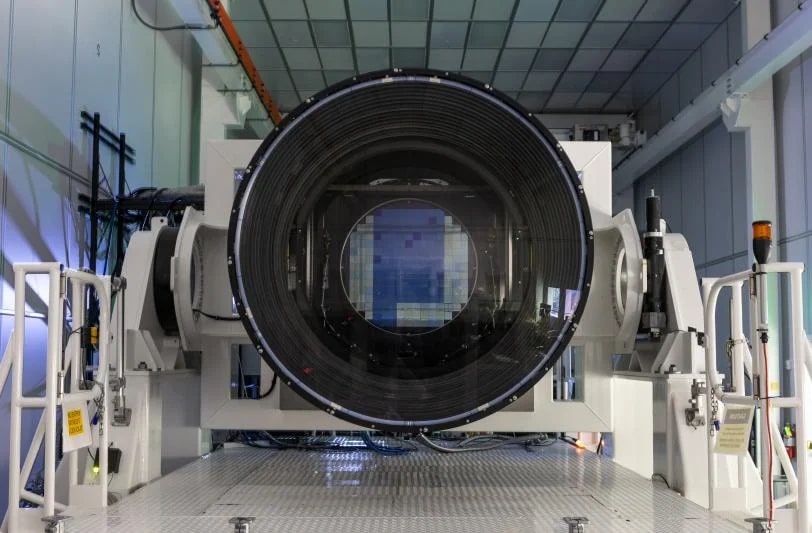
Scientists are planning to use the camera to zoom in on smaller objects within our solar system and generate a more complete picture of our closest neighbors. This could help us better understand how our system was formed and even identify incoming threats from asteroids.
“More than ever before, expanding our understanding of fundamental physics requires looking farther out into the universe,” said Kathy Turner, Program Manager for the DOE’s Cosmic Frontier Program. “With the LSST Camera at its core, Rubin Observatory will delve deeper than ever before into the cosmos and help answer some of the hardest, most important questions in physics today.”
